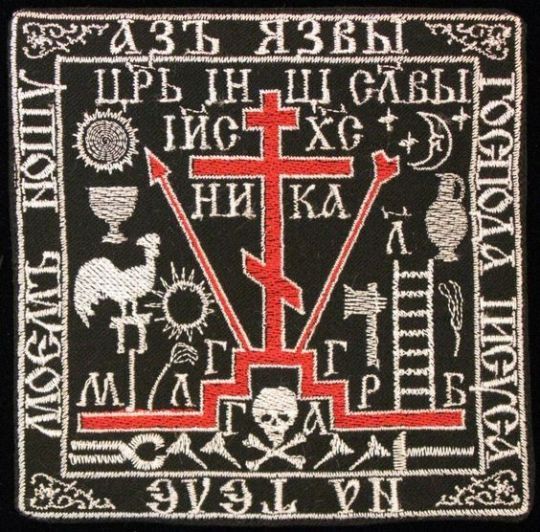#Eastern Orthodoxy
Text
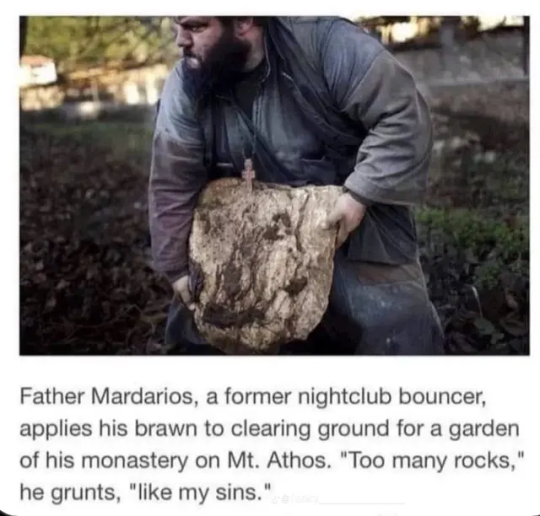
#orthodoxy#orthodox christianity#eastern orthodoxy#orthodox#christianity#eastern orthodox#orthodox church
1K notes
·
View notes
Text

I’m loving learning about Eastern Orthodox funeral customs.
#academia#bookworm#mortuary science#study motivation#studyblr#dark academia#studyspo#literature#dark acadamia aesthetic#uni life#eastern orthodoxy#orthodox christianity#orthodox church#greek orthodox#intheobituaries#studyinspo#study blog#study aesthetic#study notes#chaotic academia#light academia
778 notes
·
View notes
Text

#eastern orthodox#eastern orthodoxy#orthodox christianity#orthodoxy#christianity#orthodox#greek orthodox#serbian orthodox#catholicism#catholic#iconography#St. Ephraim of Nea Makri#St. Ephraim the New
1K notes
·
View notes
Text

492 notes
·
View notes
Text
264 notes
·
View notes
Text

pink rosary
#rosary#christianity#christian blog#spirituality#theology#catholic#christian faith#catholiscism#eastern orthodoxy#orthodox#orthodox christianity#pink aesthetic#soft pink#pastel pink#crucifix
230 notes
·
View notes
Text
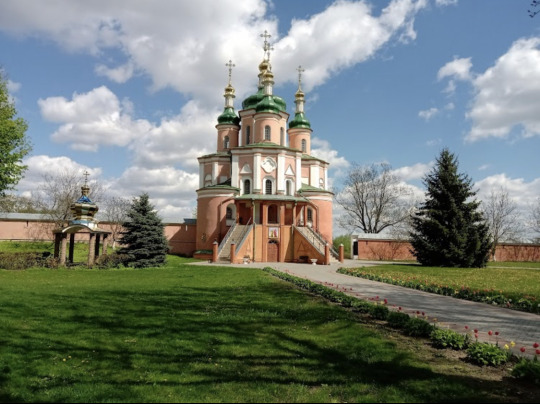
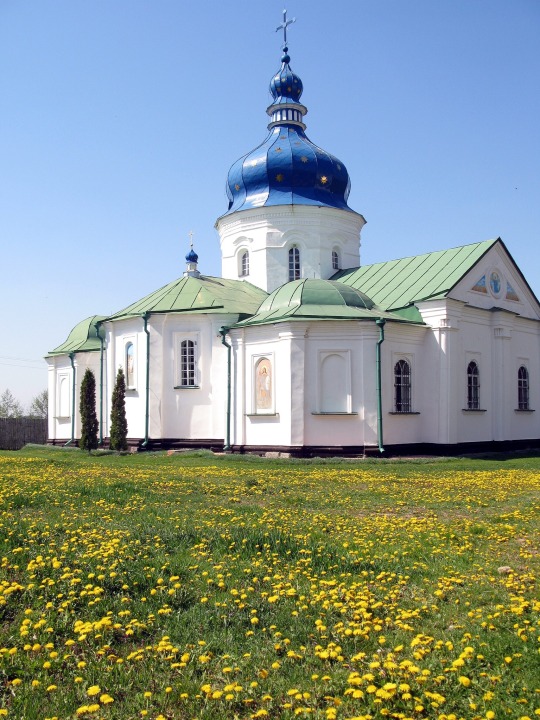
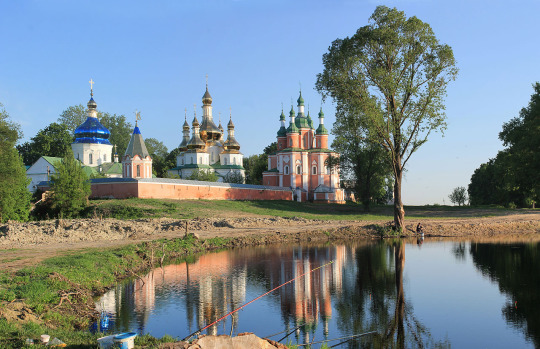
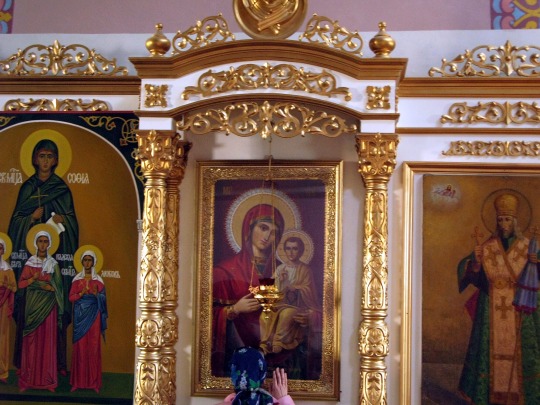


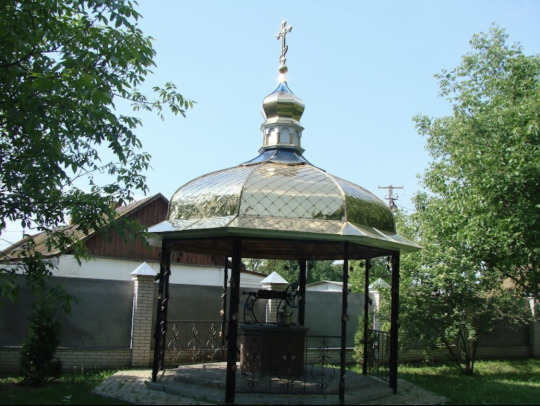

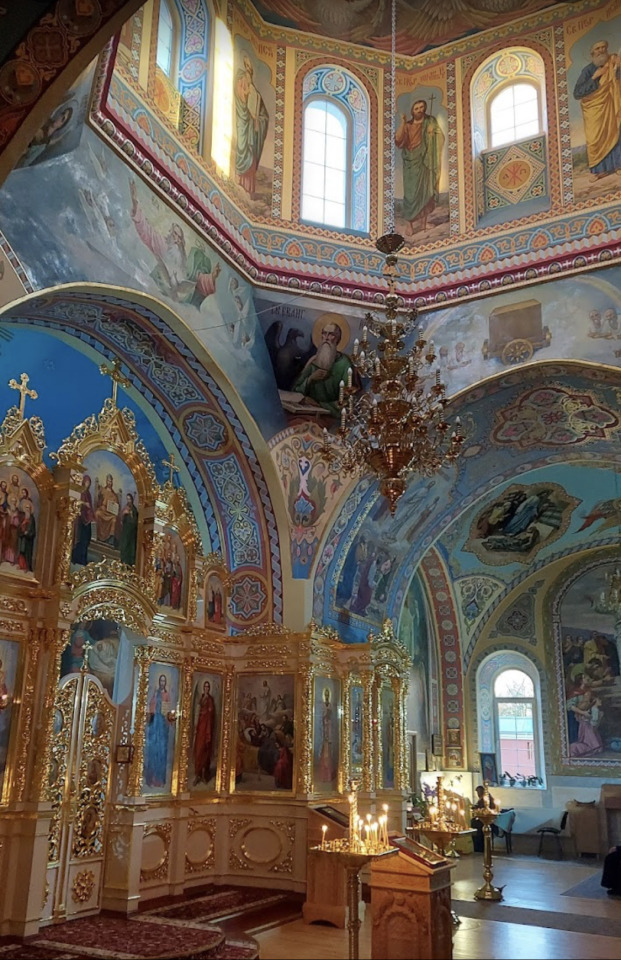
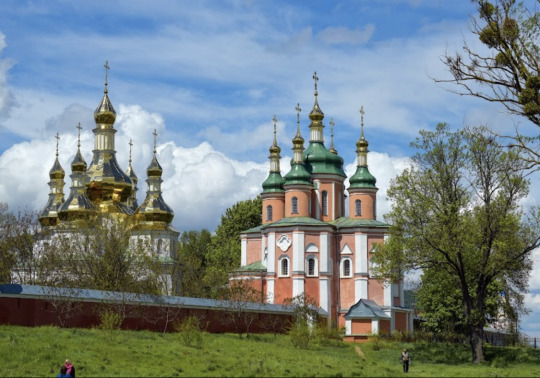
Hustynsky Holy Trinity, an Eastern Orthodox church and convent in Hustinya, Chernihiv, Ukraine. It is an example of the Ukrainian Baroque style of architecture.
#my post#ukraine#eastern orthodoxy#monasticism#chernihiv#україна#чернігівська#convent#orthodox christian#orthodox christianity#ukrainian#baroque
221 notes
·
View notes
Text
TIL from a podcast featuring historian and Byzantine archaeologist Yannis Theoharis:
Athens was one of the most religiously conservative cities of the Byzantine Empire. It adhered to the ancient Greek religion for longer than most other areas. Contrary to popular belief, its eventual conversion to Christianity did not happen violently. Christianity was getting more and more ground amongst the believers progressively. Meanwhile, the ancient temples and shrines were progressively emptying but as long as there were believers they were functioning properly and had guards and went through restoration works and all, as stated by Neoplatonic philosopher Proklos (with the exception of nude sculptures which had been destroyed already by proto-Christians). The historian also claims the conversion of the temples to churches happened later than what was previously believed, around the 7th-9th centuries. As the vast majority of the population had eventually converted to Christianity, the temples were left abandoned. The empire ordered their conversion to churches so that funding their preservation could be justified. Furthermore, there wasn’t as much of violent banning of ancient schools as it was thought. Justinian did not ban the function of the Neoplatonic school in Athens but ceased the state funding unless the school accepted to add Christian theology to its curriculum. The Neoplatonic school refused but it was not banned. It kept functioning using its own private funds until this wasn’t enough and the school had to close. Evidence for this is that it is documented that the school functioned for several decades or more than a century (don’t remember exactly) after Justinian’s imperial command, which was previously viewed as an immediate or violent shutdown. Meanwhile, the Neoplatonic school in Alexandria (in Egypt) agreed to add Christian theology to its curriculum and it kept functioning undisturbed until the 7th century and the Arab conquest.
Also, he has more insight into the similarities observed between Eastern / Greek and even all Orthodoxy and the Ancient Greek religion, such as idol / icon worship, lesser deity / saint worship, virgin female deity / super saint worship, patron gods / saints etc He says there was an interesting cycle of Christianised Hellenism followed by Hellenized Christianity. Some of these elements of Christian Orthodoxy were emphasized more than in the early years of Proto-Christianity or even exaggerated by the Byzantine Greek Christians in order to attract the pagan Greeks and make them understand more easily the philosophy of the new religion and find common ground between them. It worked.
Lastly, he disputed the dated assumptions that the Visigoth king Alaric I was assisted by monks to destroy Athens during his invasion in 396. This was falsely concluded because in documents it was found that Alaric was accompanied by men clad in black. Theoharis says these were actually Thracian soldiers (Alaric indeed fared long in Thrace and the Thracians were by large mercenaries) and supports it is very unlikely based on historical evidence of the time that Athenian or Greek Christians would collaborate with a Visigoth invader to help him destroy historical areas of Athens, even if they were pagan.
These are the most important bits from memory, I am linking the podcast here, it is in Greek.
#Greece#Europe#history#Greek history#Byzantine history#Christian orthodoxy#Ancient Greek religion#Greek orthodoxy#Eastern Orthodoxy#Byzantine empire#eastern Roman Empire#justinian#Alaric I#proklos#neoplatonism#Athens#attica#central Greece#Sterea Hellas#mainland
85 notes
·
View notes
Text
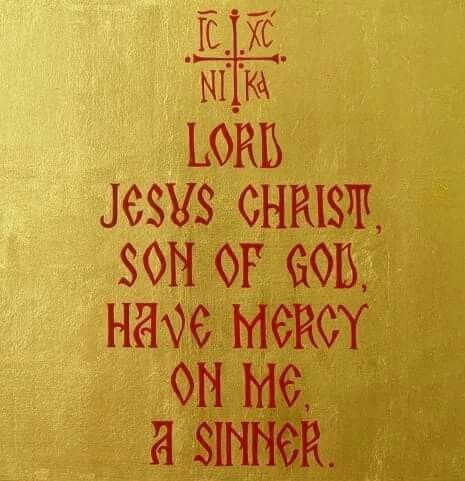
Господе Исусе Христе, сине Божији, помилу ме грешног/грешну..
#orthodoxy#orthodox christianity#eastern orthodoxy#orthodox#eastern orthodox#orthodox church#christianity#orthodox christian#church
447 notes
·
View notes
Text


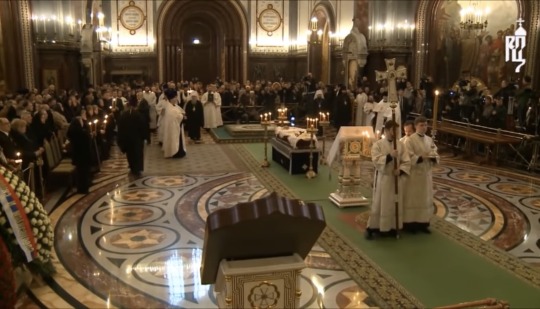

Orthodox funeral services are gorgeous and they are so reverent when it comes to the deceased.
#academia#bookworm#mortuary science#study motivation#studyblr#dark academia#studyspo#literature#dark acadamia aesthetic#uni life#funeral director#funeral services#funeral#light academia#orthodox church#greek orthodox#eastern orthodoxy#orthodox#chaotic academia#study notes#studyinspo#study blog
82 notes
·
View notes
Text
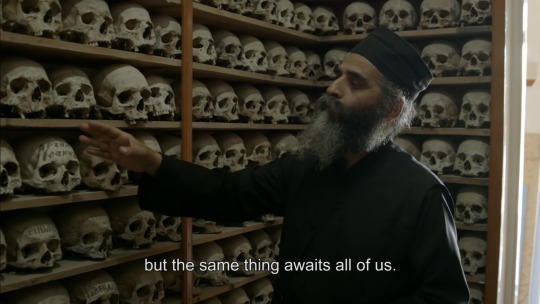
#orthodox christianity#eastern orthodox#eastern orthodoxy#orthodox#orthodoxy#christianity#greek orthodox#monasticism#monastic life#mount athos#holy mountain
2K notes
·
View notes
Text

Boris Kustodiev (1878-1927)
"Winter. Maslenitsa festivities" (1919)
Maslenitsa, also known as Butter Lady, Butter Week, Crepe week, or Cheesefare Week, is an Eastern Slavic religious and folk holiday which has retained a number of elements of Slavic mythology in its ritual. It is celebrated during the last week before Great Lent; that is, the eighth week before Eastern Orthodox Pascha.
The traditional attributes of the Maslenitsa celebration are the Maslenitsa effigy, sleigh rides, and festivities. Russians bake bliny and flatbread, while Belarusians and Ukrainians cook pierogi and syrniki.
#paintings#art#artwork#cityscape#winter#boris kustodiev#russian artist#maslenitsa#holiday#eastern orthodoxy#christianity#snow#folklore#religious holidays#bright#colorful#colourful#1910s#early 1900s#early 20th century
69 notes
·
View notes
Text

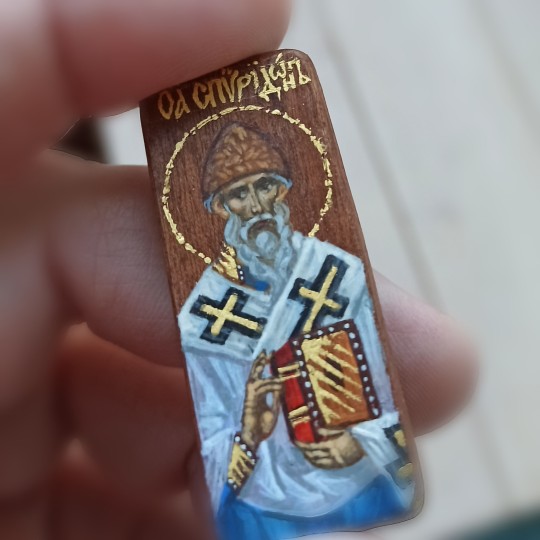
Icon of St. Spyridon in a leather case. Wood, acrylic, gold leaf. Work in progress.
81 notes
·
View notes
Text

Lord Jesus Christ, Son of God, have mercy on me, a sinner.
222 notes
·
View notes
Text

found on pinterest
#catholic aesthetic#catholic memes#coquette#catholic saints#catholic art#catholic#catholiscism#christianity#christian blog#christian faith#christian aesthetic#christian memes#theology#orthodox christianity#eastern orthodoxy#orthodox#saint art#saints#rosary#pinterest#source: pinterest#spiritual memes#christian femininity#divine feminine
377 notes
·
View notes
